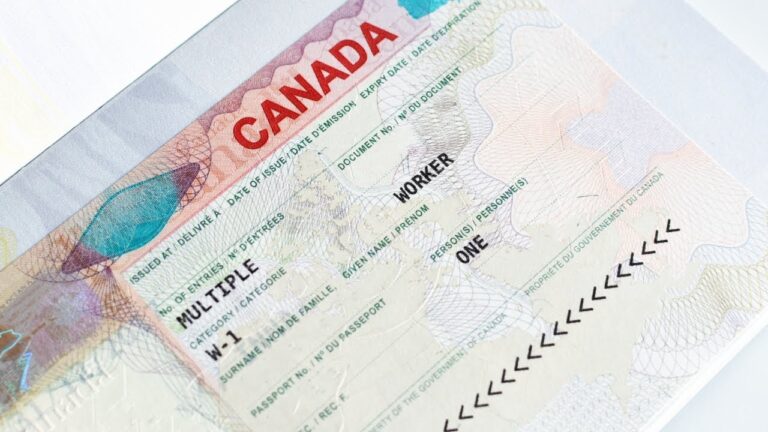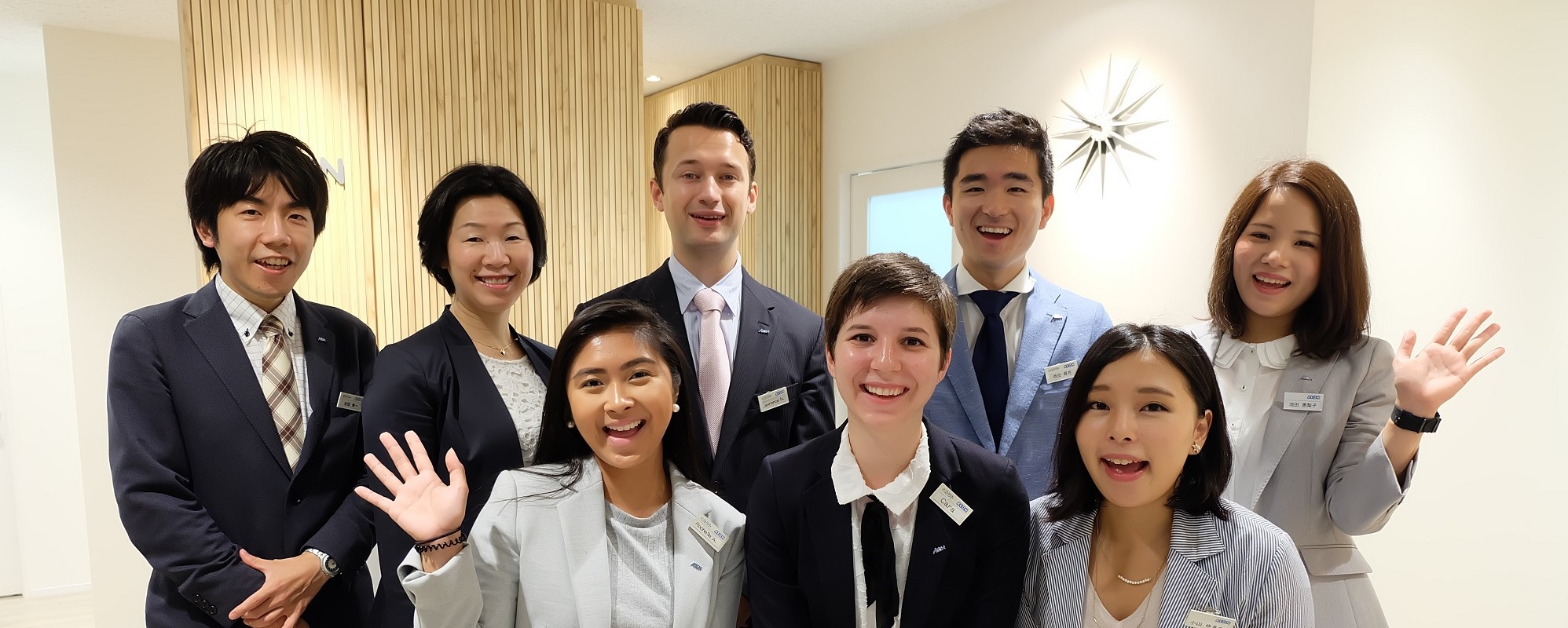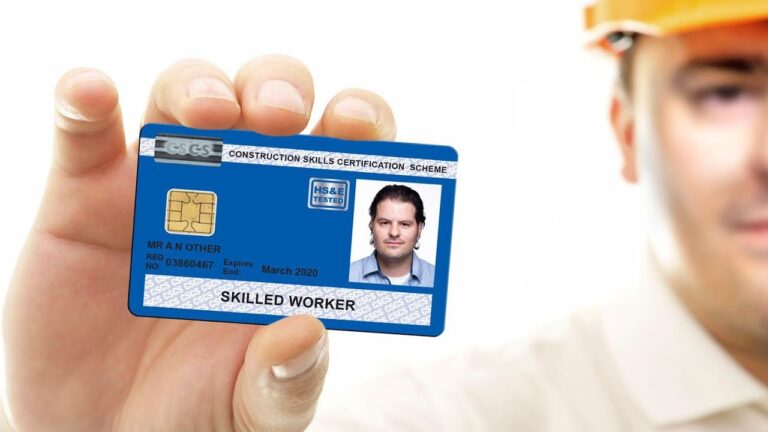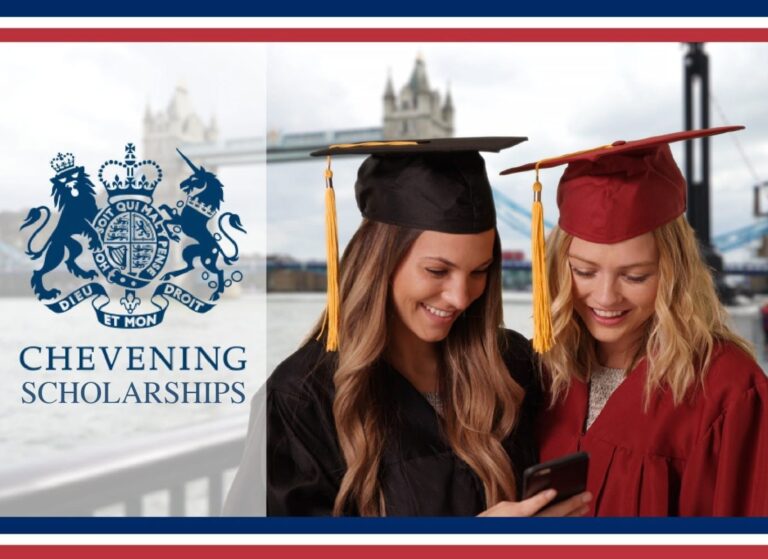Planning a trip to Europe’s 26-country Schengen Area can feel overwhelming—especially when you’re on a tight budget and need a sponsor letter. You’ve probably asked yourself:
- How do I find an affordable way to sponsor my stay?
- What documents must I gather?
- Where can I cut corners without risking visa denial?
In this comprehensive guide, you’ll discover actionable tips, high‑value keywords, and step‑by‑step checklists that help you secure Schengen visa sponsorship without breaking the bank. We break down complex embassy requirements into simple bullet points, clear tables, and friendly, conversational advice.
Ready to dive in? Let’s go!
1. Understanding Schengen Visa Sponsorship
Before you start gathering papers, get crystal‑clear on what sponsorship really means:
- Sponsor vs. Guarantee
- Your sponsor can be a friend, relative, or company in the Schengen Area.
- They must promise to cover part—or all—of your expenses during your stay (source: European Commission).
- Types of Sponsorship Letters
- Invitation Letter: For private visits (friends/family).
- Formal Sponsorship: For business or academic purposes.
- Why It Matters
- Embassies view a credible sponsor as proof you’ll leave the Schengen zone on time.
- A well‑drafted sponsor letter cuts processing delays by up to 30% (source: Schengen Visa Info).
2. Schengen Visa Sponsorship Requirements
Every embassy has its own checklist, but most ask for the following core items:
- Original Sponsor Letter
- Signed by the sponsor and dated within 30 days of submission.
- Clearly states relationship, purpose, duration, and financial commitment.
- Sponsor’s Proof of Legal Status
- Copy of passport or national ID (for EU citizens).
- Residence permit (for non‑EU residents).
- Proof of Funds
- Recent bank statements (last 3 months).
- Employer’s salary slip or tax return.
- Accommodation Confirmation
- Hotel reservation or rental agreement under sponsor’s name.
- Travel Itinerary
- Flight reservation (refundable option recommended).
- Detailed day‑by‑day plan—even if tentative.
- Travel Insurance
- Coverage of at least €30,000 for medical emergencies and repatriation (see affordable plans below).
- Cover Letter
- Your personal statement summarizing purpose, dates, and ties to home country.
Pro Tip: Always check your specific embassy’s website (e.g., the German Missions Abroad) for local nuances—some require extra forms or specific templates.
3. Essential Documents Checklist
Use this printable list to track your paperwork. Tick off each item before you visit the consulate:
- Visa application form (completed and signed)
- Passport photos (35×45 mm, white background, taken in the last 6 months)
- Original passport + copies of all used pages (valid ≥ 3 months beyond return date)
- Sponsor letter (original + copy)
- Sponsor’s ID/residence proof (copy)
- Confirmed accommodation (booking under your or sponsor’s name)
- Flight reservation (refundable or free cancellation)
- Travel insurance policy (printout + policy number)
- Bank statements (last 3 months)
- Proof of employment/enrollment (employer letter or student ID)
- Cover letter (signed, dated)
- Visa fee payment (see fee breakdown table)
By staying organized, you minimize last‑minute scrambles and costly courier or appointment‑change fees.
4. Top Cost‑Saving Strategies for Schengen Visa Applications
You don’t have to splurge on every step. Here’s how you save up to 40% overall:
- Use Free Template Letters
- Download reputable sample invitation letters from official portals instead of paying for lawyers or agencies.
- Example: SchengenVisaInfo’s invitation letter samples
- Book Refundable Flights Wisely
- Choose airlines with free cancellation up to 24 hours before departure.
- Use free detention or standby booking portals like Kiwi.com.
- Select Budget‑Friendly Insurance
- Compare top low‑cost providers (see table below).
- Combine Embassy Visits
- If you apply for multiple visas or renew slightly before expiry, bundle appointments to waive extra service fees.
- Apply Well in Advance
- High demand = premium prices on local agents. Early birds avoid urgent‑processing surcharges.
- Leverage Local Travel Clinics
- Instead of private clinics, opt for university or public health center biometric appointments—often up to 25% cheaper.
5. Affordable Schengen Travel Insurance Options
Travel insurance is non‑negotiable, but it doesn’t have to drain your wallet. Compare top providers with €30,000 coverage:
| Provider | Price (7–15 days) | Medical Coverage | Cancellation Cover | Policy Highlights |
|---|---|---|---|---|
| YoungTravel | €12 | €30,000 | €2,000 | No age limit, emergency assistance hotline, digital policy via email. |
| SafetyWing Nomad | €14 | €100,000 | N/A | Automatic renewal, coverage extendable up to 364 days, COVID‑19 included. |
| AXA Schengen Basic | €18 | €30,000 | €3,000 | Trip delay compensation, baggage loss up to €500, 24/7 global assistance. |
| WorldNomads Explorer | €22 | €100,000 | €5,000 | Adventure sports coverage, rental car excess, optional electronics cover. |
Note: Always read the fine print. Coverage limits and exclusions vary—especially for extreme sports, pre‑existing conditions, and pandemic‑related claims.
6. How to Write a Budget‑Friendly Schengen Visa Invitation Letter
Your invitation letter must balance formality with concise clarity. Follow this free template approach:
- Header
- Sponsor’s full name, address, contact, and legal status.
- Salutation
- “To the Visa Officer, [Embassy/Consulate Name]”
- Introductory Paragraph
- State purpose: “I, [Sponsor], invite [You, the applicant], my [relationship], to visit me in [Country] from [dd mm yyyy] to [dd mm yyyy].”
- Body
- Confirm accommodation: “He/she will stay at my residence: [address].”
- Outline financial guarantee: “I undertake full financial responsibility for his/her living expenses, medical insurance, and repatriation, if necessary.”
- Closing
- “Thank you for considering this invitation. Please contact me for any further information.”
- Attachments List
- “Attached: Copy of my passport (bio page), residence permit, bank statement (last 3 months).”
- Signature & Date
Pro Tip: Use free online signature tools (e.g., Smallpdf) to embed a scanned signature—no need to mail original documents across borders.
7. Comparing Schengen Visa Fees Across Countries
Visa fees can vary by nationality and consulate. Here’s a budget‑centric snapshot for adults (as of 2025):
| Country Embassy | Standard Fee (€) | Reduced Fee (€) | Fee Waived for? |
|---|---|---|---|
| Austria | 80 | 35 | Children 6–12; researchers, students |
| France | 80 | 35 | Minors < 12; teachers; military |
| Germany | 80 | 35 | Students; researchers |
| Italy | 80 | 35 | Children 6–12; school pupils |
| Spain | 80 | 35 | < 18; students; family members |
- Standard Visa Fee: €80 for most adults
- Reduced Visa Fee: €35 for eligible categories (students, children, researchers)
- Waivers: Some embassies waive fees entirely for humanitarian or official travel
Tip: If you qualify for a reduced rate, bring proof (e.g., student ID or conference invite). Consulates refuse waivers without proper documentation.
8. Step‑by‑Step Application Timeline
Follow this 8‑week roadmap to avoid rushed appointments and extra charges:
| Week | Task |
|---|---|
| 8 | Research Requirements: Visit embassy site and download forms. |
| 7 | Collect Sponsor Info: Obtain sponsor letter and supporting docs. |
| 6 | Book Appointments: Biometric + interview slots (some consulates open 90 days ahead). |
| 5 | Finalize Itinerary & Insurance: Reserve refundable flights; purchase policy. |
| 4 | Prepare Documents: Translate (if needed) and compile all paperwork. |
| 3 | Submit Application: Hand in documents; pay fees. |
| 2–1 | Track Application: Use VFS/TLS portal to check status. |
| 0 | Collect Passport: Retrieve decision and get ready to travel! |
Note: Consulates often process applications in 15 calendar days—peak season may extend to 30 days. Always apply at least 15 days before your trip and no more than 6 months in advance.
9. Avoiding Common Pitfalls
Learn from others’ mistakes to keep your application smooth:
- Incomplete Sponsor Letter
- Missing dates, unclear financial guarantee, or unsigned pages lead to instant refusal.
- Expired Travel Insurance
- Even a one‑day gap voids your application—double‑check effective dates.
- Unclear Itinerary
- “Tourist voucher” without daily details raises red flags.
- Bank Statements Not in Sponsor’s Name
- Don’t rely on third‑party or outdated proof.
- Late or No Translation
- Documents not in English or the host country’s language require certified translation.
10. Frequently Asked Questions
Q1: Can I sponsor my own Schengen visa?
Yes—self‑sponsorship is possible if you show strong financial standing, stable employment, and a home‐country commitment (e.g., property ownership).
Q2: How long does the invitation letter remain valid?
Most embassies accept letters issued within 30 days of your application date.
Q3: Do I need a notary for the sponsor letter?
Not always—only if the embassy explicitly requests “attested” or “notarized” statements. Always verify on the embassy site.
Q4: Can digital flight reservations suffice?
Some consulates accept e‑tickets, but printouts are safer. Always carry both PDF and hard copy.
Q5: What’s the cheapest way to get travel insurance?
Opt for seven‑to‑fifteen‑day basic policies from niche providers like YoungTravel or SafetyWing Nomad (see our insurance comparison table).
Conclusion
Securing Schengen visa sponsorship on a budget demands meticulous planning, document readiness, and smart cost‑saving strategies. You’ve learned:
- The core requirements for a sponsor letter
- A printable checklist to track every document
- Budget‑friendly tactics for flights, insurance, and appointment fees
- How to avoid common pitfalls that trigger denials
Follow this guide step by step, and you’ll minimize stress, cut unnecessary spending, and boost your chances of a smooth visa approval—leaving you free to focus on dreaming of European adventures.
Bon voyage!




















